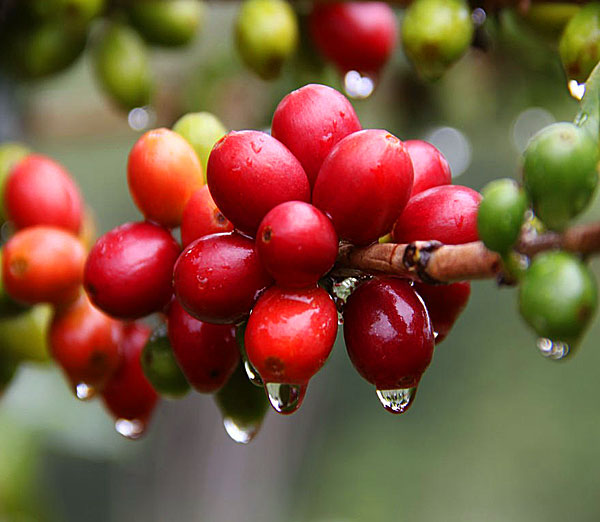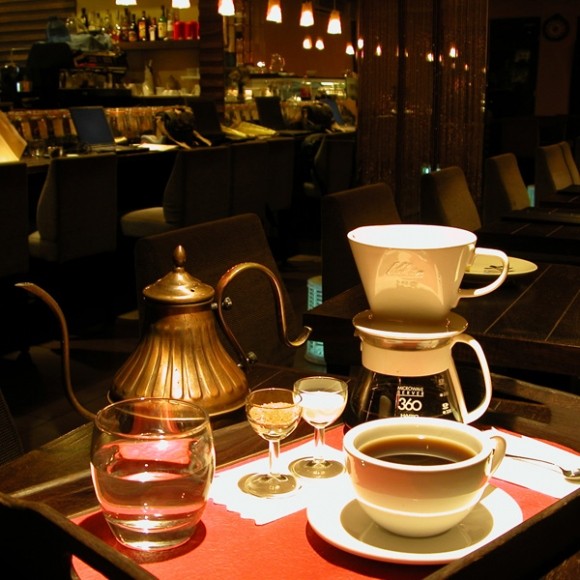Earth Science Tour of Diamond Hill Manor in Costa Rica-a country tower prone to earthquake and volcanic disasters
CostaRica (Costa Rica) means "rich coast" in Spanish, so Costa Rica is a magical and rich country. The blue of the sea and the green of the forest together paint this beautiful land-50% of its land is covered by primeval forests, known as "Switzerland in Central and South America".
The shield of Costa Rica's national emblem has the rising sun rising from the sea, symbolizing the dawn of a new era; the three volcanoes Barlois, Ilasu and Boaz are located between the Caribbean and the Pacific Ocean; two white sailboats sail at sea, symbolizing the country's trade with other countries; the seven white five-pointed stars above represent the seven provinces of the country, and the white ribbon above the star says "Republic of Costa Rica". The upper end of the shield emblem is a blue ribbon with the words "Central America" on it. It is flanked by brown long oval leaves, representing coffee and other major cash crops in the country.
Countries prone to earthquakes and volcanoes
The east and west sides of Costa Rica are the CocosPlate plate (part of the Pacific plate) and the Caribbean plate (CaribbeanPlate). The Central American trench (CentralAmericaTrench) near the west of Costa Rica is related to the subduction zone of the plate. The Cocos plate moves eastward with 8-9cm every year and continues to submerge under the Caribbean plate. As a result, strong earthquakes and a series of volcanic activity occurred in Costa Rica and its surrounding areas, forming a central volcanic chain. The geotectonic background of the earthquake and volcanic disasters is shown below:
Due to the development of Costa Rican volcanoes, geothermal resources are very rich. During the field trip after the meeting, we experienced the famous Tabacon Hot Spring near the ArenalVolcano volcano, which is an open hot spring, which is directly led from the source to the scenic area through the stream, and forms a variety of hot springs such as waterfalls and streams in the hot spring scenic area. In order to attract Chinese tourists, the Shangri-La Landscape Park with Chinese characteristics has been specially built. When talking to the owner of Tabacon Hot Springs, he said that after the US economic crisis in recent years, the number of tourists from the United States has been decreasing, and he very much hopes that more tourists from Chinese mainland will come here to visit and experience the volcano and hot spring culture.
Costa Rican coffee cultivation was introduced by Cuba in 1779 and exported for the first time in 1820. There are about 32000 coffee farmers, with an average planting area of less than one hectare (10000 hectares) per farmer. Costa Rica has a population of 41 billion (2006), with a coffee planting area of 82500 hectares and an annual production of 1.7 million bags (60kgs per bag). The annual domestic consumption is 380000 bags, with an average annual national consumption of 5.5kgs, which is higher than that of Japan (consumption 4kgs). At present, Taiwanese are only slightly higher than 1kg. Costa Rica is the country where coffee was first introduced into Central America. It has a long history and has a complete coffee organization from production to marketing system. Because it is located in the Central American Gorge, there are many volcanoes, it has the natural advantages of sunshine and land, and the climate is reconciled by Pacific and Atlantic currents and sea breezes at the same time, the coffee produced has the characteristics of local micro-climate and soil conditions, in terms of quality and quantity, Costa Rican coffee has always been recognized by the world, and has been rated as one of the world-class high-quality coffee. Costa Rican coffee has been cultivated for 200 years. It was first planted on the slopes of the Poas and Barva volcanoes, today known as the Central Valley (CentralValley). The seven main coffee producing areas are from northwest to southeast, divided by the inland central plateau. Costa Rican volcanic terrain with fertile volcanic ash, mild and suitable temperature, and stable and abundant rainfall is one of the reasons why coffee has become one of the main agricultural products in Costa Rica. The seven major producing areas are: Tarrzu, TresRios, Orosi, CentralValley, WestValley, Turrialba and Brunca.
Coffee beans details:
Country: Costa Rica
Grade: SHB
Producing area: Tarazhu
Producer: Tarazhu local small farmers
Treatment: washing
Variety: Kaddura, Kaduai
Manor: Diamond Hill Manor
Flavor: soft orange notes, toast, caramel sweet, clean taste

Important Notice :
前街咖啡 FrontStreet Coffee has moved to new addredd:
FrontStreet Coffee Address: 315,Donghua East Road,GuangZhou
Tel:020 38364473
- Prev

Costa Rican coffee Xi Jinping visits Costa Rican farmers to pick coffee flowers and ask Peng Liyuan to smell the flowers.
I have been a farmer and have worked at the grass-roots level in rural areas for many years. Later, in counties, cities,
- Next

Costa Rican Tara beads taste hand-made Costa Rican Diamond Hill Manor Coffee beans
This bean is extracted by hand, 12.5g powder, 140ml coffee liquid, medium fineness powder, 86 degree cup test standard temperature to start water injection, steaming for about 20 seconds, two-stage brewing. Coffee bean details: country: Costa Rica Grade: SHB production area: Tara Pearl producer: Tarazu Local small Farmer treatment: washing Variety: Kaddura, Kaduai Manor: Diamond Hill
Related
- Does Rose Summer choose Blue, Green or Red? Detailed explanation of Rose Summer Coffee plots and Classification in Panamanian Jade Manor
- What is the difference between the origin, producing area, processing plant, cooperative and manor of coffee beans?
- How fine does the espresso powder fit? how to grind the espresso?
- Sca coffee roasting degree color card coffee roasting degree 8 roasting color values what do you mean?
- The practice of lattes: how to make lattes at home
- Introduction to Indonesian Fine Coffee beans-- Java Coffee producing area of Indonesian Arabica Coffee
- How much will the flavor of light and medium roasted rose summer be expressed? What baking level is rose summer suitable for?
- Introduction to the characteristics of washing, sun-drying or wet-planing coffee commonly used in Mantenin, Indonesia
- Price characteristics of Arabica Coffee Bean Starbucks introduction to Manning Coffee Bean Taste producing area Variety Manor
- What is the authentic Yega flavor? What are the flavor characteristics of the really excellent Yejasuffi coffee beans?

